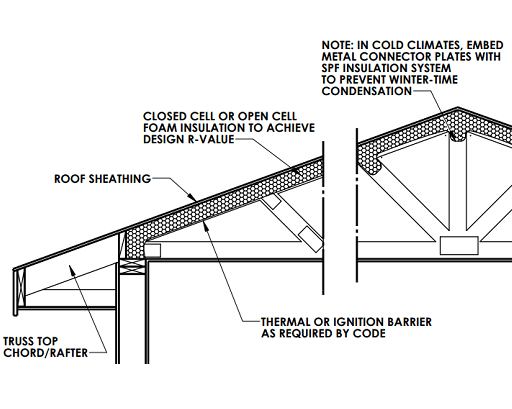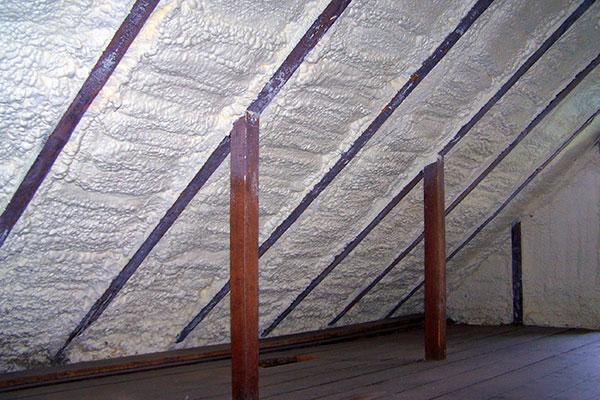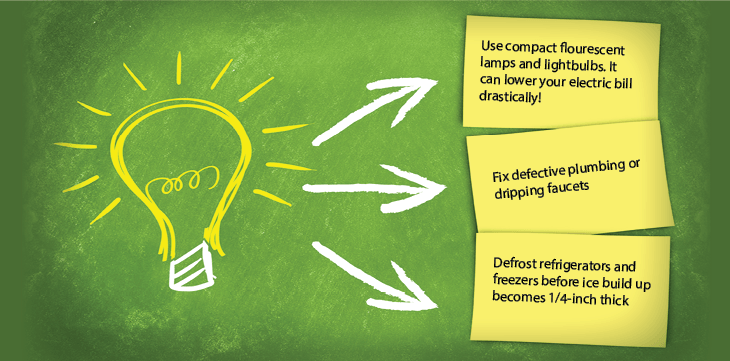Unvented Conditioned Attic with Spray Foam Insulation

insulating an unvented attic by spraying foam insulation along the underside of the roof deck.
Insulating an unvented attic can be a very effective and efficient way to reduce the amount of energy required to heat or cool a house. It involves spraying foam insulation along the underside of the roof deck, which fills in any cracks or gaps and creates an airtight barrier against heat loss or gain. This process is usually done with either open cell or closed cell foam, which can expand to up to 100 times its original size, ensuring that every corner and crevice is sealed tight.
The insulation helps to maintain a comfortable temperature inside the house and also reduces outside noise. Foam insulation is particularly effective when applied to unvented attics, where traditional insulation methods are not practical. It allows homeowners to avoid costly and time-consuming installation of venting systems while still enjoying energy savings.
Another important factor to consider when installing foam insulation in an unvented attic is the type of foam used. Open cell foam is lightweight and flexible, and provides good sound absorption properties. It is best for use in areas with low humidity levels. On the other hand, closed cell foam is more dense and rigid, and is better suited for areas with high humidity levels or where water could be a concern.
In addition to saving on energy bills, insulating an unvented attic can improve the overall air quality in the home by reducing the amount of air that seeps in from outside. This can also reduce the amount of allergens, dust, and other pollutants that can make their way into the house. Overall, spraying foam insulation along the underside of the roof deck of an unvented attic can be a great investment in energy efficiency, comfort, and air quality for any home.





